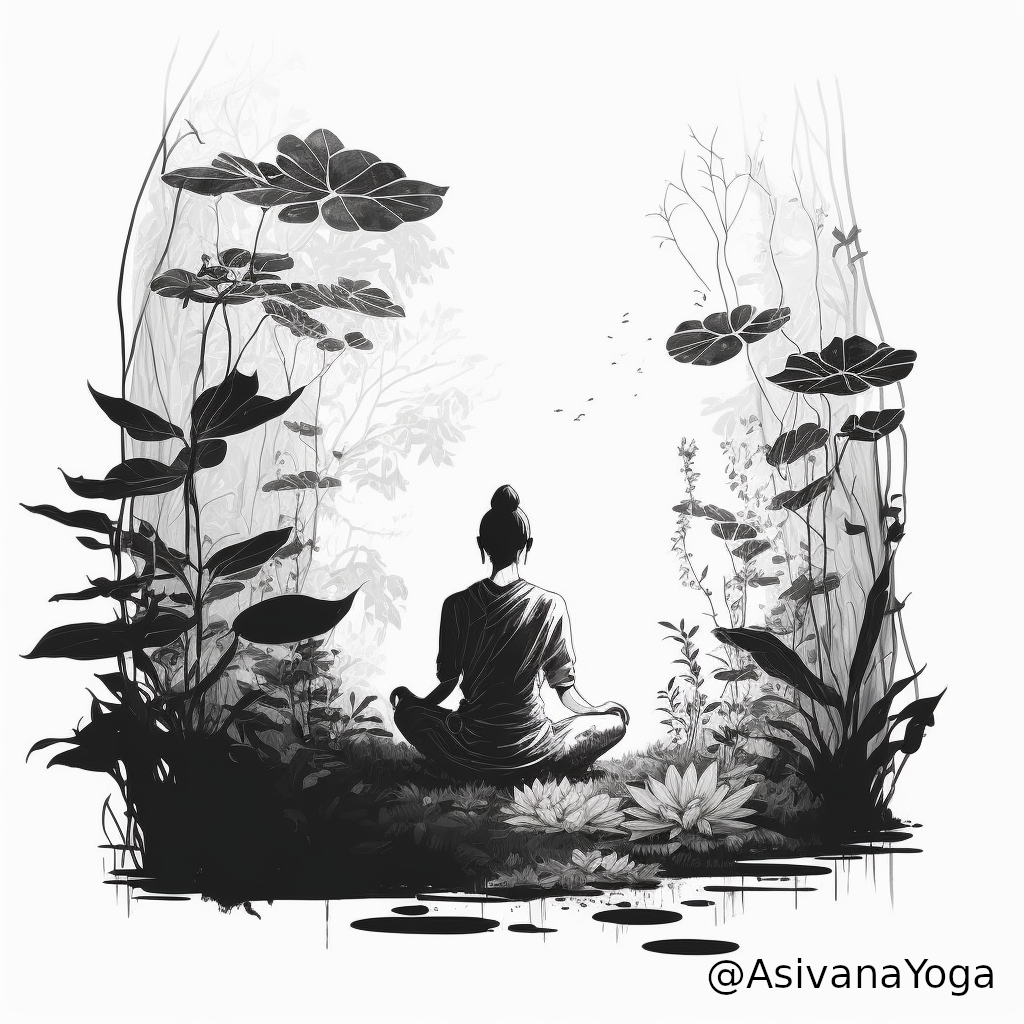
Build Resilience to Overcome Adversity
Jack UtermoehlShare
As a yoga teacher, I often see students come to the mat feeling overwhelmed, stressed, and defeated by the challenges life throws their way. But the beauty of yoga is that it offers not only physical benefits, but also mental and emotional ones. Through the practice, we can develop resilience and inner strength, helping us to better navigate life's ups and downs.
What is Resilience?
Resilience is the ability to bounce back from adversity, to persevere in the face of obstacles, and to maintain a positive outlook even in difficult times. It's the mental and emotional strength that enables us to weather the storm and emerge stronger on the other side.
Why is Resilience Important?
In today's fast-paced world, resilience is more important than ever. We're bombarded with stressors from all sides – work, family, finances, politics – and it can be easy to feel overwhelmed and defeated. But having resilience allows us to handle these challenges with grace and poise, avoiding burnout and maintaining a positive outlook.
How to Build Resilience
Building resilience is a process, but there are several practices that can help. These include:
Practicing gratitude: Taking the time to focus on the good in our lives can help shift our perspective and cultivate a more positive outlook.
Engaging in physical movement: Exercise, including yoga, has been shown to improve resilience by reducing stress and promoting a positive outlook.
Building a support network: Surrounding ourselves with positive, supportive people can help us handle life's challenges with grace.
Cultivating a growth mindset: Embracing the idea that challenges and setbacks are opportunities for growth can help us maintain a positive outlook in difficult times.
What is Inner Strength?
Inner strength is a deep-seated sense of calm and confidence that enables us to handle life's challenges with grace and poise. It's the foundation upon which resilience is built, allowing us to persevere in the face of adversity.
Why is Inner Strength Important?
Inner strength is critical for overall well-being. It gives us the confidence to face our fears and to handle life's challenges with grace. It enables us to remain calm in the face of adversity, avoiding burnout and maintaining a positive outlook.
How to Cultivate Inner Strength
Cultivating inner strength is a lifelong process, but there are several practices that can help. These include:
Practicing mindfulness: Taking the time to focus on the present moment can help us cultivate inner peace and calm.
Engaging in physical movement: Exercise, including yoga, has been shown to improve inner strength by reducing stress and promoting a sense of calm.
Cultivating a growth mindset: Embracing the idea that challenges and setbacks are opportunities for growth can help us maintain a positive outlook and cultivate inner strength.
Building a daily spiritual practice: Engaging in daily spiritual practices, such as meditation, can help us cultivate a deeper sense of inner peace and calm.
In conclusion, resilience and inner strength are critical components of overall well-being, allowing us to handle life's challenges with grace and poise. Through practices such as yoga, mindfulness, and gratitude, we can cultivate these qualities and emerge stronger on the other side.
As you continue to build resilience and inner strength through your yoga practice, consider incorporating Asivana's cork yoga mat into your routine. Our mats provide a stable, non-slip surface for your poses, giving you the confidence to push yourself further. The natural cork material is not only eco-friendly, but also provides added cushioning for your joints, allowing you to maintain proper alignment and reduce the risk of injury. Embrace the power of resilience and inner strength with Asivana's cork yoga mat today.









